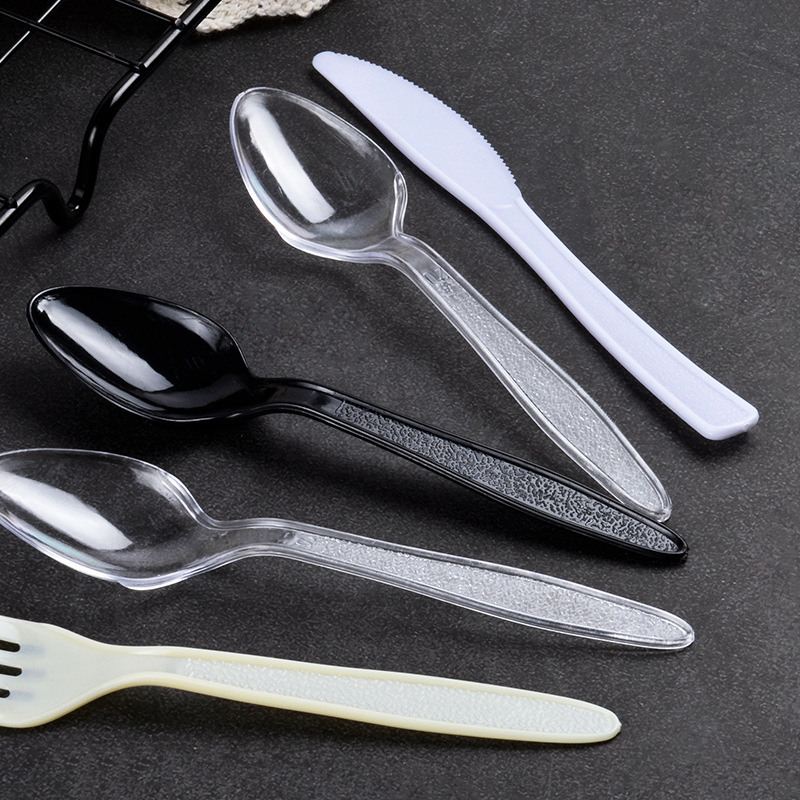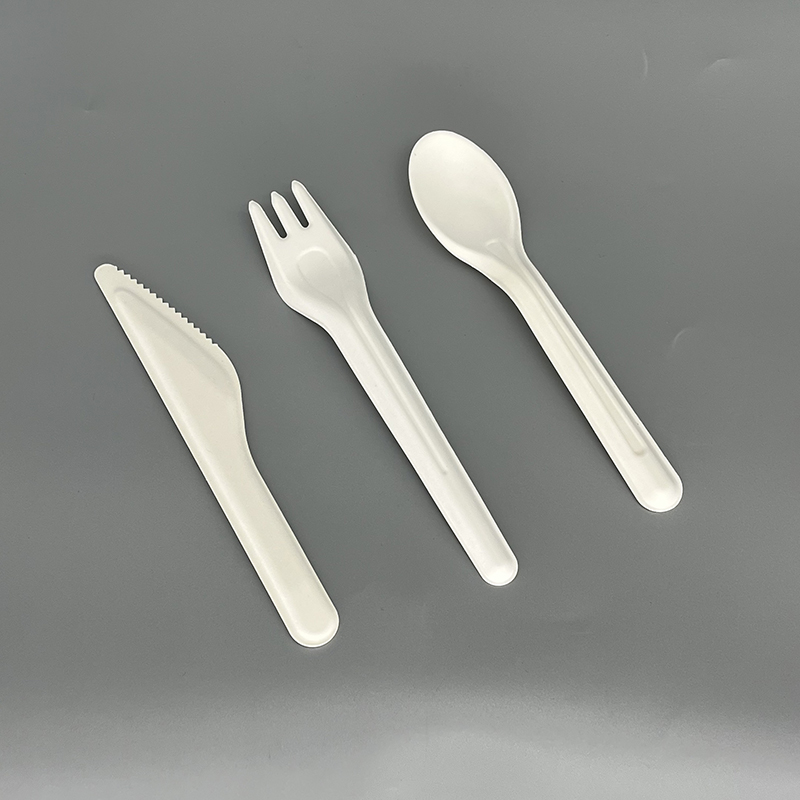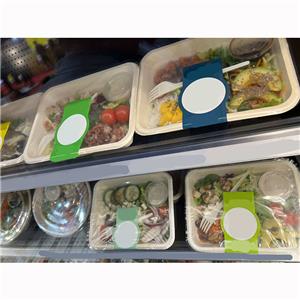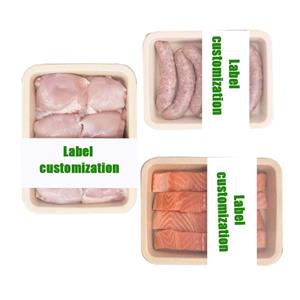Is Disposable Cutlery Recyclable?
In today’s fast-paced world, disposable cutlery has become an essential part of modern life. From picnics and takeout meals to large public events, plastic forks, spoons, and knives offer unmatched convenience. However, as environmental awareness continues to grow, a critical question arises: Is disposable cutlery recyclable? The answer is not as simple as it may seem.
Most disposable cutlery is made from plastic materials such as polystyrene (PS) or polypropylene (PP). While these plastics are technically recyclable, the reality is that very few recycling programs actually accept them. This is because disposable cutlery is small, lightweight, and often contaminated with food residue, making it difficult and costly to process. As a result, most plastic utensils end up in landfills or, worse, as litter in the environment.

When plastic cutlery enters the natural environment, it poses serious risks. These plastics take hundreds of years to break down, and even then, they only fragment into smaller pieces called microplastics. These microplastics can contaminate soil and water sources, harming wildlife and eventually entering the human food chain. This cycle of pollution has become one of the most pressing environmental issues of our time.
Recycling centers also face technical limitations. The small size and irregular shape of disposable cutlery make it hard for sorting machines to identify and process them correctly. In many cases, plastic utensils simply slip through the sorting systems and contaminate other recyclables, further complicating the recycling process. This means that even if you place your plastic fork or spoon in the recycling bin, it most likely won’t be recycled.
Because of these challenges, many countries and cities have started banning or restricting single-use plastics, including disposable cutlery. This has led to a growing interest in sustainable alternatives that are both practical and environmentally friendly. One of the most promising solutions is disposable tableware made from sugarcane bagasse.

Sugarcane bagasse is the fibrous byproduct left after extracting juice from sugarcane. Instead of being discarded as waste, it can be transformed into eco-friendly plates, bowls, and cutlery. This material offers several important advantages over traditional plastic.
First and foremost, sugarcane bagasse tableware is biodegradable and compostable. Unlike plastic, it naturally decomposes within a few months under the right conditions, turning into organic matter that enriches the soil. This means it leaves no toxic residue or microplastics behind, making it an excellent alternative for environmentally conscious consumers.
Secondly, bagasse products are sturdy and heat-resistant. They can hold hot or oily foods without leaking or softening, unlike many paper-based products. This makes them ideal for both everyday use and food service businesses that need reliable, high-performance packaging.
Another key advantage is that bagasse is a renewable resource. It is derived from agricultural waste, which means that using it helps reduce dependence on fossil fuels and minimizes overall waste. This supports a circular economy where resources are reused and repurposed instead of discarded.
Moreover, sugarcane bagasse tableware aligns perfectly with global sustainability goals and regulations aimed at reducing plastic pollution. Businesses that adopt biodegradable packaging can enhance their brand image and appeal to eco-conscious customers, while also contributing positively to the planet.
In conclusion, while most disposable cutlery is technically recyclable, it is rarely recycled in practice due to contamination and processing challenges. The result is an ongoing cycle of plastic waste that damages ecosystems and endangers wildlife. However, eco-friendly alternatives like sugarcane bagasse tableware offer a sustainable solution. They are biodegradable, durable, renewable, and safe for the environment. By choosing products made from sugarcane bagasse, consumers and businesses alike can take a meaningful step toward reducing pollution and creating a cleaner, greener future for everyone.




